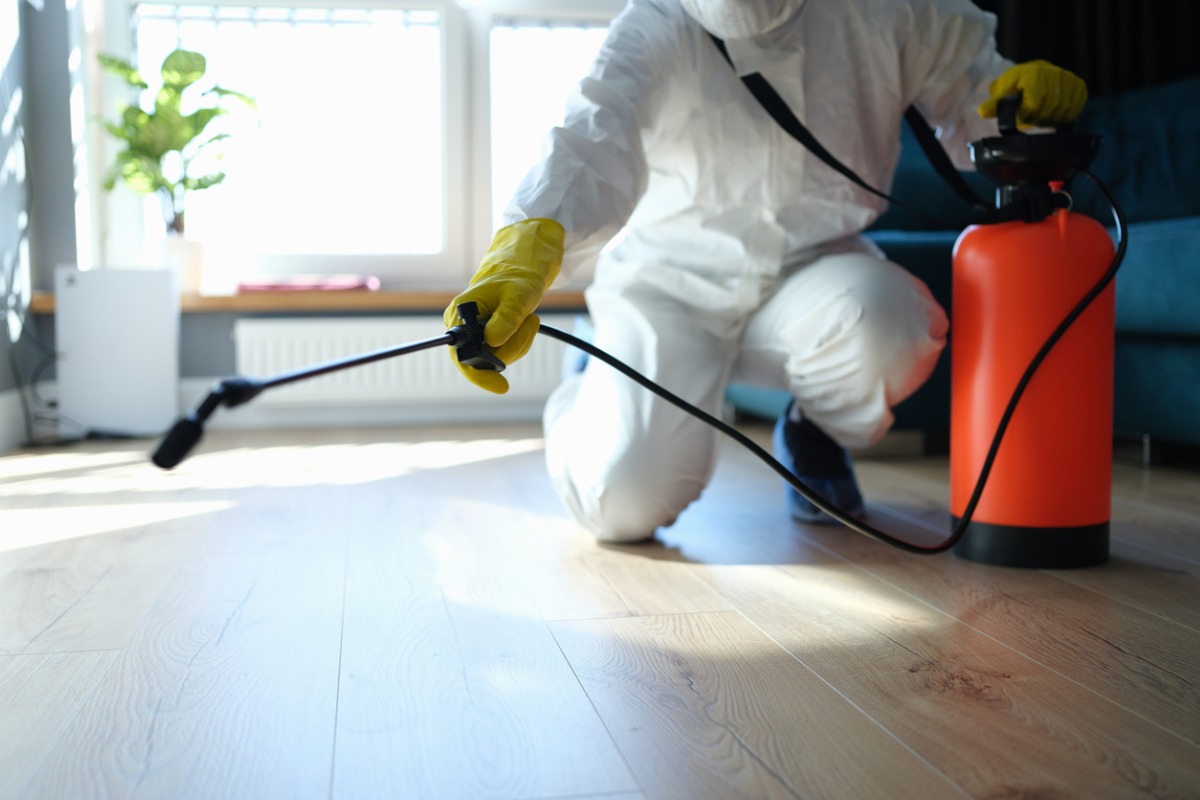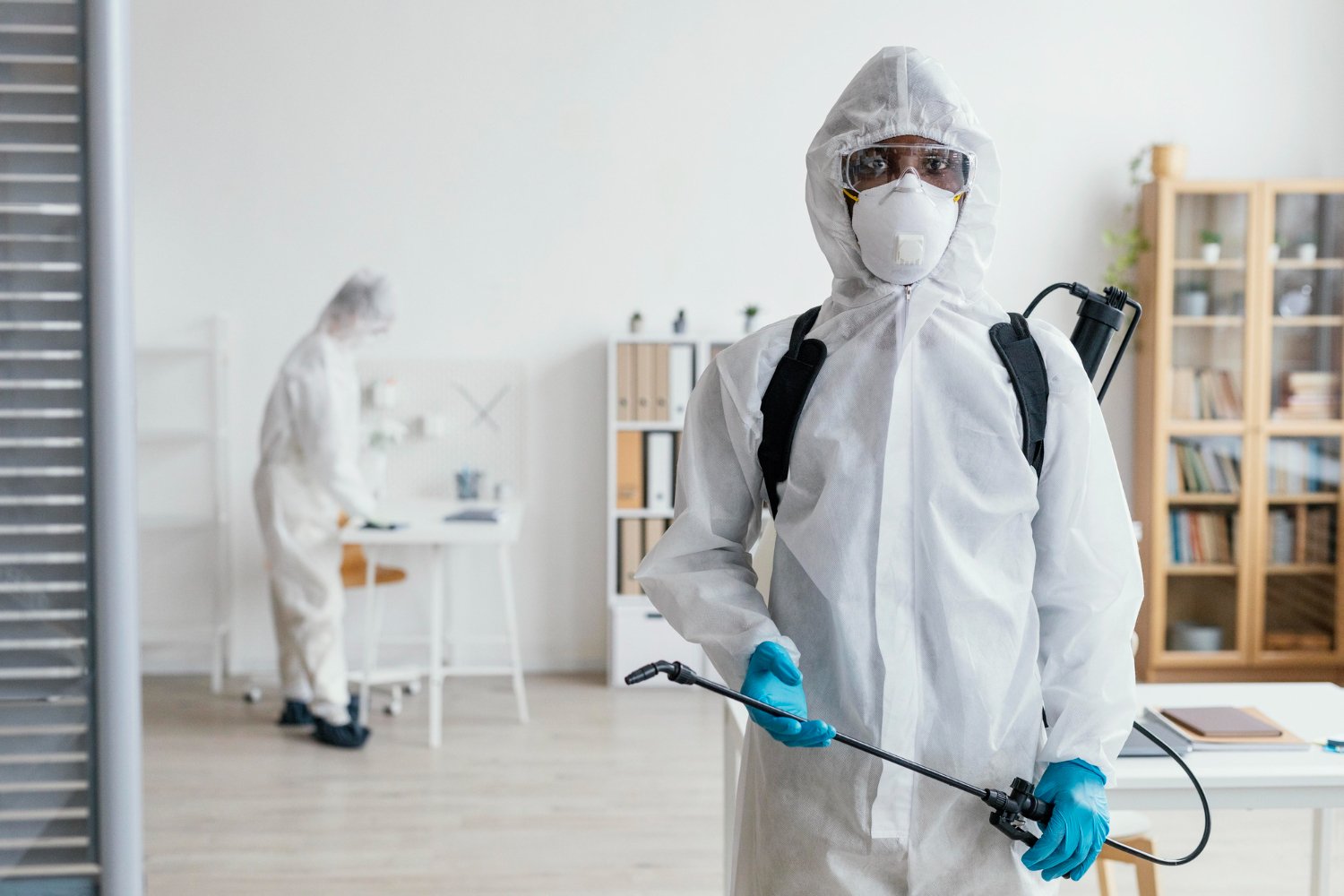Pest Control services for both commercial properties.
Eco-Friendly Insect Control Approaches for Handling Wild Animals in Urban Locations
Urban areas commonly discover themselves at the junction of human activity and wild animals, leading to unique obstacles in insect management. Environment-friendly techniques stress lasting conjunction, utilizing strategies such as environment modification and all-natural repellents to reduce human-wildlife disputes. These approaches not just secure the environment yet additionally boost area involvement in wildlife administration. As metropolitan populations continue to grow, understanding the characteristics of wildlife communications becomes significantly crucial. What innovative approaches can be implemented to ensure both eco-friendly balance and city safety? Discovering this inquiry exposes an engaging landscape of possible remedies.
Understanding Urban Wildlife Characteristics
Comprehending Urban Wildlife Characteristics is crucial for developing reliable and eco-friendly bug control methods. Urban locations are significantly ending up being environments for different wild animals species, driven by variables such as habitat fragmentation, food accessibility, and human infringement. Recognizing these characteristics enables a nuanced strategy to pest monitoring that lines up with ecological concepts.
Urban wildlife typically consists of species such as raccoons, squirrels, and birds, which adjust to city environments, locating particular niches in environment-friendly spaces, parks, and also suburbs. Their existence can result in problems with people, particularly when they exploit personnels for food and sanctuary. Recognizing the habits and environmental duties of these types informs strategies that reduce adverse interactions while advertising biodiversity.
In addition, recognizing the interdependencies within metropolitan communities aids in determining important locations for habitat conservation and restoration. This knowledge adds to the growth of incorporated pest monitoring (IPM) techniques that consider the eco-friendly equilibrium, thus reducing reliance on dangerous chemicals. By cultivating coexistence between humans and urban wild animals, cities can produce much healthier settings that profit both homeowners and local communities, leading the way for sustainable city living.
All-natural Repellents and Deterrents
All-natural repellents and deterrents supply a sustainable choice to conventional bug control techniques by taking advantage of the power of nature to maintain unwanted species away. These green options usually make use of plant-based ingredients, important oils, and various other normally occurring compounds that prevent bugs without damaging the environment.
One reliable all-natural repellent is peppermint oil, which is known to push back rodents and bugs. Its strong aroma is undesirable to numerous pests, making it a popular option for metropolitan settings. Vinegar and citrus peels can serve as deterrents, as their solid smells are commonly unattractive to various wild animals.
Furthermore, diatomaceous planet is an all-natural powder that can be spread out in areas prone to bug task, effectively drying out and hindering insects without presenting threats to non-target varieties. In addition, garlic sprays and neem oil are acknowledged for their capability to push back a vast array of insects, including both pests and larger wildlife.
Implementing these natural repellents not just reduces reliance on chemical pesticides yet additionally promotes a much healthier metropolitan community, cultivating an extra well balanced conjunction in between humans and wild animals. By making use of these strategies, metropolitan areas can efficiently manage bug populaces while minimizing ecological influence.
Environment Alteration Methods
Effective habitat modification techniques play an essential function in sustainable insect monitoring by modifying the atmosphere to make it less helpful to pest problems. By understanding the ecological dynamics of urban locations, homeowner can apply critical modifications that deter pests while promoting biodiversity.
(Rodent control Port Charlotte)One primary technique involves keeping correct hygiene. This consists of routine waste elimination, protecting garbage bins, and eliminating standing water to minimize reproducing sites for bugs and rats. Furthermore, landscape design techniques such as selecting native plants can enhance ecological balance, giving environments for valuable microorganisms while decreasing sources for parasites.
Another essential technique is to seal entry points in buildings. Checking and fixing fractures in foundations, walls, and home windows can read here substantially reduce insect accessibility. Additionally, developing physical obstacles, such as fencings or plant buffers, can hinder wildlife motion into human-inhabited locations.
Integrated Bug Management Practices
Structure upon habitat alteration strategies, incorporated parasite management (IPM) practices provide a holistic strategy to regulating parasite populations while decreasing environmental impact. IPM incorporates numerous strategies, consisting of biological, cultural, mechanical, and chemical controls, to accomplish effective insect monitoring.
Organic control entails the intro of natural predators or bloodsuckers to reduce pest populaces. Cultural techniques, such as plant turning and sanitation, interrupt pest life process and diminish their habitats - Pest control service. Mechanical controls, like traps and barriers, provide prompt remedy for bug stress without chemical treatment
Chemical controls are made use of as a last hotel, focusing on targeted applications that restrict injury to non-target types and the environment. The option of ecologically friendly pesticides, when required, is important to the IPM structure. Furthermore, keeping track of parasite populaces and evaluating prospective damages aids notify decision-making, making sure that interventions are timely and efficient.
Area Participation and Education And Learning

(Residential pest control Port Charlotte)Workshops and educational sessions can outfit locals with expertise regarding indigenous varieties, environment preservation, and reliable non-toxic pest management methods. Partnership with colleges, local companies, and government firms additionally boosts educational outreach, making sure that vital info gets to diverse audiences.
Additionally, community-led efforts, such as community clean-up days and habitat remediation projects, not just promote biodiversity but additionally enhance area connections. Pest Control. By urging homeowners to share their experiences and observations, areas can create targeted approaches that attend to details regional parasite problems
Including responses from homeowners right into pest management plans allows a more responsive and adaptive strategy to wild animals challenges. Inevitably, informed and engaged communities are vital to attaining long-term success in environment-friendly insect control, bring about healthier metropolitan environments that respect both human and ecological requirements.

Verdict
In final thought, green bug control comes close to offer sustainable services for taking care of metropolitan wild animals. By prioritizing environment modification, utilizing all-natural repellents, and implementing integrated insect administration methods, areas can cultivate an unified conjunction with regional fauna.